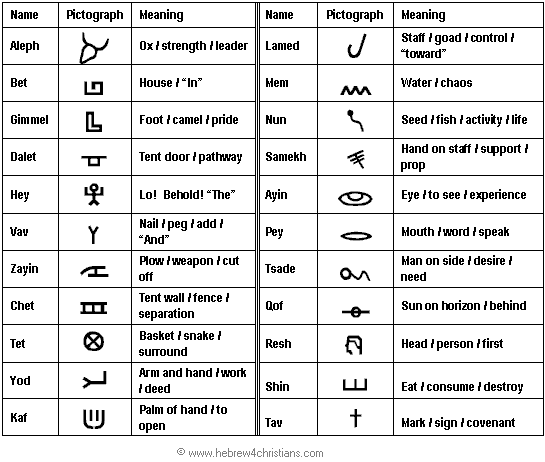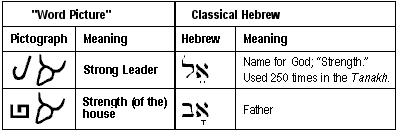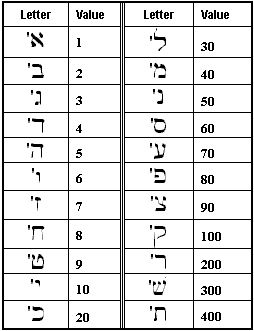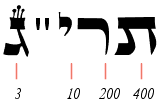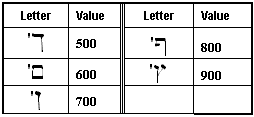Like
other ancient writing systems, the Hebrew alphabet originally was
written using a pictographic script. Later, the pictograms evolved into a
Hebrew script (sometimes called Paleo-Hebrew) that strongly resembled the ancient Phoenician alphabet. This was the Hebrew (ketav Ivri)
used by the Jewish nation up to the Babylonian Exile (or, according to
Orthodox Jews, until the Exodus from Egypt). Examples can be found on
coins and clay fragments (called ostraca). Today, both the Torah
and newspapers use modernized renditions of the Aramaic-style script,
though everyday correspondence is written using Hebrew cursive. Warning:
While the study of the pictographic script can sometimes yield insight
into the underlying meaning (etymology) of Biblical Hebrew words, it is
generally to be avoided as a stand-alone exegetical principle since this
can lead to speculations and doubtful interpretations. For honest
interpretation, the rule of thumb is to first master the p'shat (plain historical meaning) before moving on to other "levels" of the Scriptures.
|
